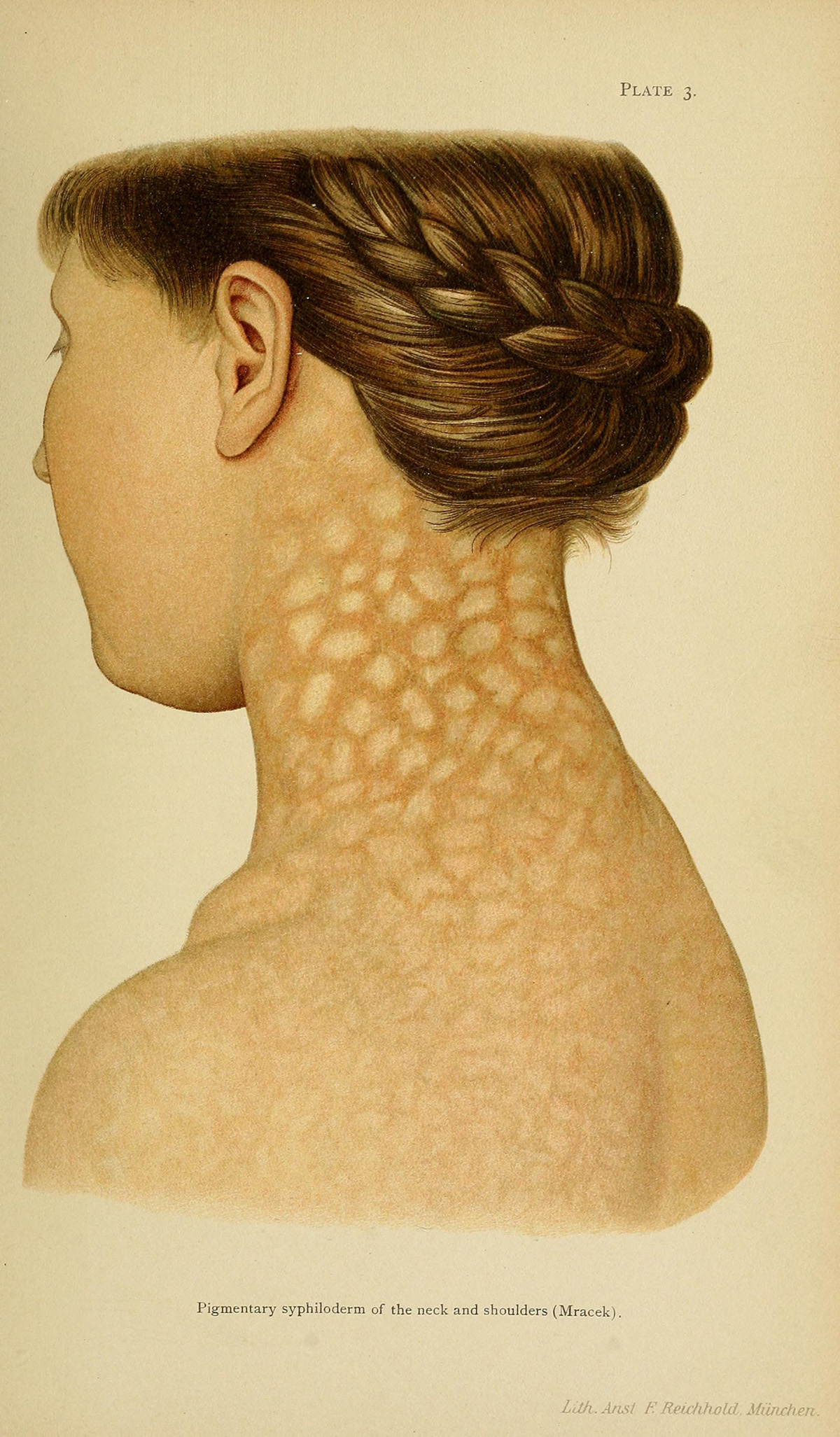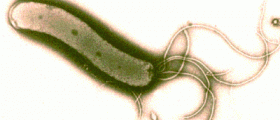
Syphilis is one of the sexually transmitted diseases and it is present among the people for quite a while. Spirochete or scientifically Treponema pallidum is the name of bacterium that is responsible for this disease. This bacterium looks like a worm, it is spiral and it moves restlessly when you look at it under a microscope. When it affects a person, these bacteria penetrate in the genital tissue and cause an ulcer that is called chancre.
Syphilis signs
In syphilis, we distinguish 3 stages and one of them is latent stage in which a person has no symptoms. After that, an ulcer is formed during the period of ten to ninety days after the bacteria attacked the system. Most frequently, the chancre forms within 21 days. While there is a chancre present, the disease can be very easily transmitted. Sometimes, even using a condom may not protect you from this disease, especially if the chancre is on the outside. It can happen that the chancre develops in the mouth and in those cases, syphilis can be transmitted by kissing. It is possible that the ulcer will vanish after some period of time, usually after 21 to 42 days, but it can reappear if you don’t treat the disease.
Syphilis in woman
When it comes to women, the first symptoms can disappear without any medical attention, but quarter of the infected women will develop secondary syphilis, which can be very severe stage of the disease because it affects different organs. During secondary syphilis, women suffer from various symptoms such as pain in the throat, increased body temperature, problems with skin that usually involve rash and white patches on the mucous membrane. A person may even have wounds on the vagina and they are very communicable. However, there are infected persons who don’t develop any signs of the disease for a very long time. This period can last even twenty years and it is a latent stage. After this stag, a patient can enter into the third stage of the disease called tertiary syphilis, in which a person suffers from various symptoms that can involve different systems of the body. The symptoms may include swelling of the aorta that can cause heart conditions, bulbs in different parts of the body, brain inflammation, meningitis, blockage of the blood vessels, and tiredness. It is also possible that the eyes will be affected and a person will have problems with sight. Also, ears can be involved and even lose their function. This stage of the disease can lead to serious consequences and even death.

















Your thoughts on this
Loading...